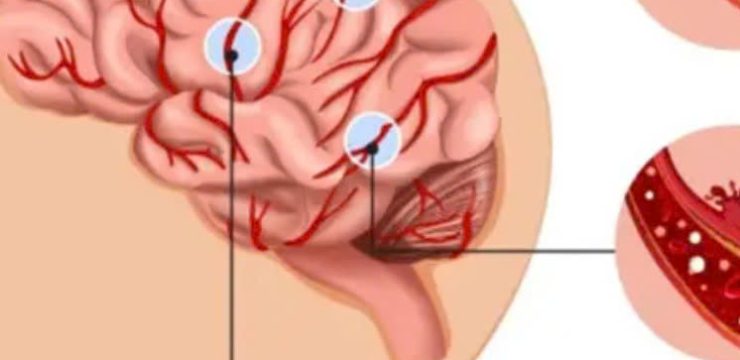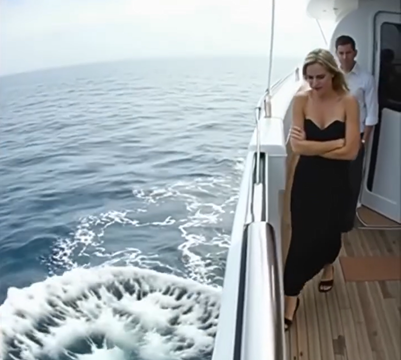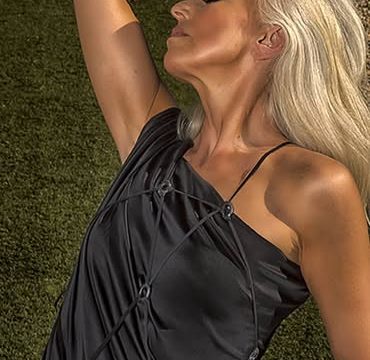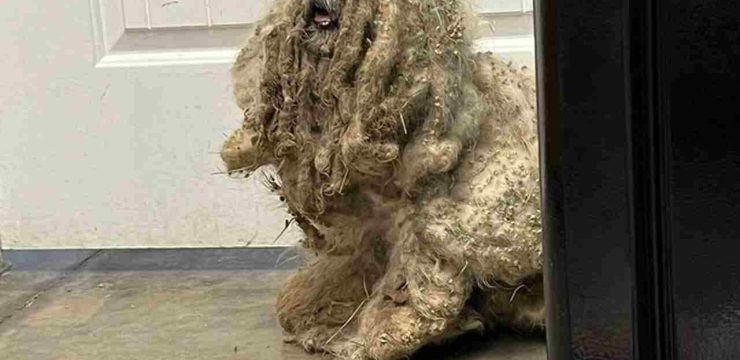Are you ready to give your brain a quick and fun workout? This spot-the-difference puzzle is more than just a way to pass the time—it’s actually a great mental challenge that boosts focus, attention to detail, and your ability to think critically. When you first look at the two images presented, they may seem completely identical, but with a closer look, you’ll begin to notice subtle differences that were cleverly hidden.
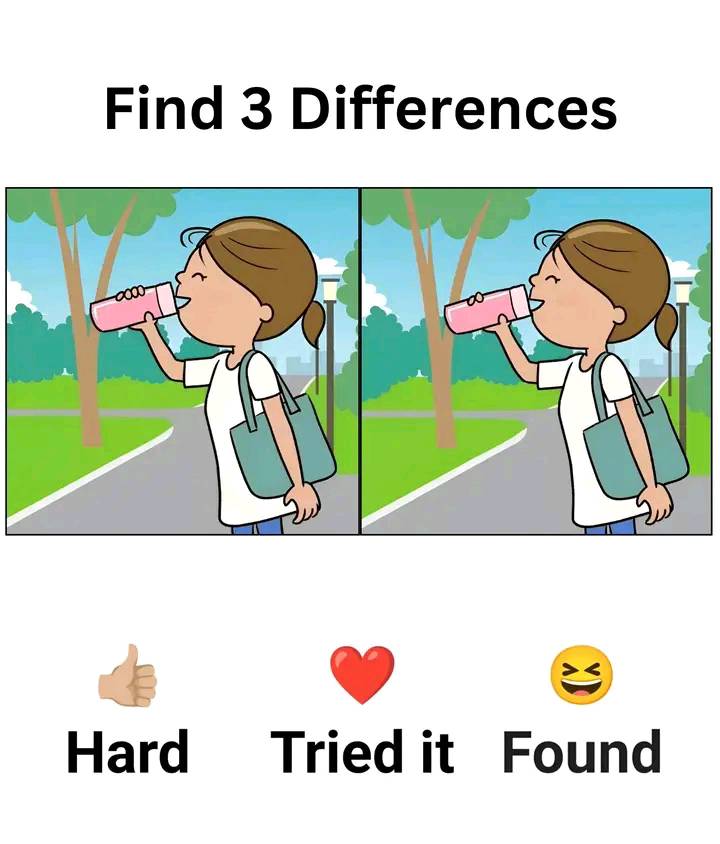
These puzzles are designed to trick your mind by presenting two almost matching pictures, pushing your brain to slow down, scan carefully, and break away from its natural habit of assuming visual symmetry. That’s why so many people overlook these differences at first glance—it’s not about being smart, it’s about being observant. Most of us make similar mistakes when solving puzzles like this. We tend to only focus on the main subject and ignore the background, or we quickly glance around expecting to find big, obvious changes. Instead, these puzzles often rely on very small alterations, such as missing lines, shortened shapes, or slight color differences that are easy to overlook. In this particular puzzle, there are three key differences to be found, and each one requires a sharp eye.
Let’s break down the solution so you can see how sneaky these changes really are. First, take a close look at the pink water bottle the girl is holding. In the left image, there’s a straw sticking out of the top of the bottle. But in the right image, that straw is missing entirely. This difference is subtle because your brain fills in missing parts based on what it expects to see. Next, glance at the background scenery. Just behind the girl, near the center-left of the image, there’s a rounded bush or small tree in the left picture that adds depth to the scene. In the right image, that bush is gone, replaced by open green space.
This type of change is easy to miss because background elements are often the last thing we focus on. Finally, look closely at the girl’s shoulder bag. In the left image, the bag’s strap forms a full loop from the bag up to her shoulder. But in the right image, the strap is incomplete—it cuts off and doesn’t connect to the shoulder. This is perhaps the trickiest difference to catch because it involves such a small area and your brain tends to assume the strap is complete without questioning it. What makes these puzzles so beneficial is that they force you to engage your brain in a meaningful way.
Solving them requires patience and careful observation, which can help improve your overall attention span. They also train your visual memory because your brain starts to remember how objects should look, helping you more easily spot changes the next time around. Think of these puzzles as mini workouts for your mind—quick, effective, and enjoyable. Once you’ve spotted all three differences, take a moment to think about how long it took and which detail was the hardest to notice. Did the missing straw trick you? Did your eyes skip over the bush? Or did the broken bag strap throw you off? Try sharing the puzzle with a friend or family member and see how they do. It’s a great way to spark a little friendly competition while giving everyone’s brain a helpful stretch. Puzzles like this may look like simple games on the surface, but they actually challenge your observation skills in clever ways. To recap, the three differences are: the straw on the water bottle is missing in one image, the background bush is absent in the second photo, and the girl’s bag strap is broken in the right picture. These changes are small, but that’s what makes finding them so satisfying. Keep exploring more visual puzzles like this to stay sharp, improve your focus, and develop a better eye for detail. Whether you find them all in seconds or need a little extra time, what matters most is that you keep your mind active and curious. Ready for your next challenge? Let’s see if you can beat your time and spot the next set of differences even faster.
